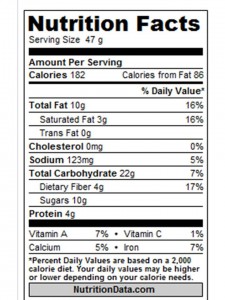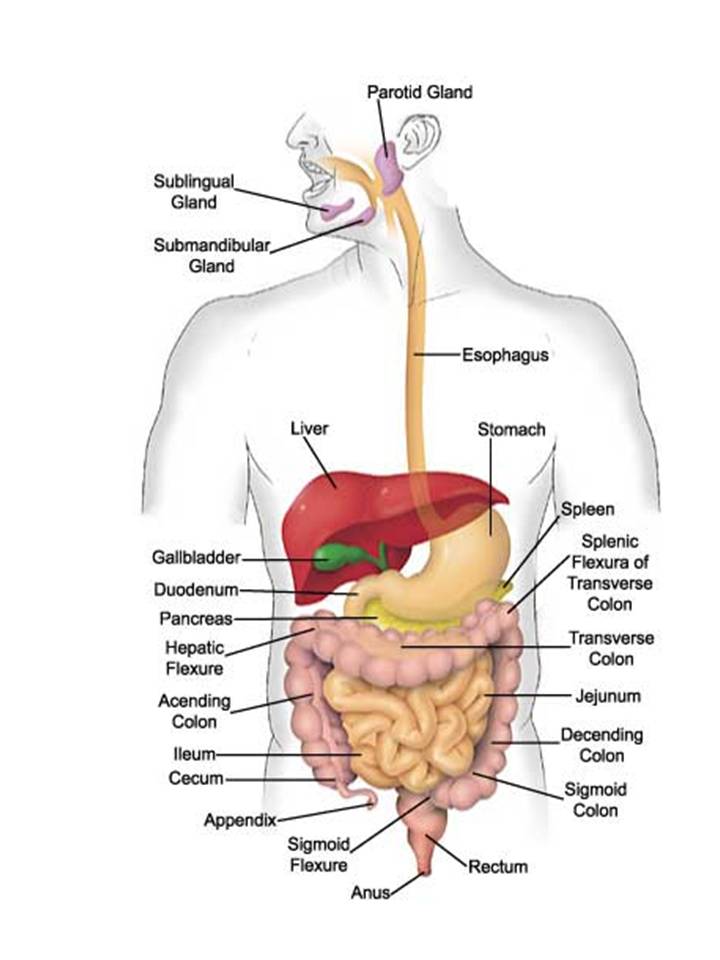Loving the BITE: Homemade Bars that will Break Your Bonk
Ever need an on-the-go quick snack or mini-meal? Or a more substantial snack for a long ride? Something that will provide quite a bit of calories but still go down easy? You know, something that will help break any risk of a bonk?
Me too. But even in the midst of an entire aisle of meal replacement bars and sports nutrition, a good one can be hard to find.
While I believe many bars and meal replacements to be little more than expensive and glorified candy bars, there are two I routinely recommend to clients for daily nutrition and training nutrition, and eat myself when I need to have a snack that packs and don’t have time to make one myself. For whole food-type-nutrition, I recommend the LARA bar and the KIND bar. But, both of these bars come at a price. $1.20 -$1.80 depending on where you shop. Ouch.
But never fear, we will help you make your own with great results. You don’t even have to open your oven door for either recipe. Follow this recipe for a Lara-bar knock off, and here’s my KIND of bar:
Recipe of the week – My KIND of Bar:
Ingredients:
 1 tsp organic extra virgin coconut oil
1 tsp organic extra virgin coconut oil- 1 Cup raw chopped nuts, any type
- ¼ Cup ground flaxseeds (either buy ground or grind at home)
- 4Tbsp maple syrup, agave, honey, of a combo of these
- 1 teaspoon sea salt
- ¾ cup raw unsweetened shredded coconut
- ½ cup dried fruit (non-sweetened)
- ½ ounce dark chocolate (really dark, 70% or more cocoa)
Instructions:
Place coconut oil in medium saucepan – melt on medium heat. Once melted, add nuts to “roast” them, stirring watching them carefully as they can burn quickly. Once they have a golden-brown color and nutty aroma, add all other ingredients except optional dark chocolate. Stir well until you have a gooey warmed mixture. Press into bread pan or 8×8 baking pan, depending on how thick you want your bars. Place in the refrigerator to cool slightly. Take out after 30 minutes or so. If you’d like to add dark chocolate, melt it on stovetop or microwave. Then, drizzle it over bars. Cut into 8 bars and refrigerate individually for a few hours. Wrap individually, store in refrigerator or pantry, and enjoy!
Comments:
This week, instead of focusing on the benefits of a specific ingredient, I’m going to explain why I believe this type of “KIND” bars is good for daily nutrition snacks and long rides/runs…but not necessarily the short ones.
As an athlete, it’s crucial to understand when to eat what in terms in Daily Nutrition and Training Nutrition (as discussed in the post “Daily vs. Training Nutrition,” this matters most if you are really striving to improve your ride, run, etc.). Otherwise, you may mistakenly eat foods that your body quickly turns into sugar and then stores as fat instead of healthy, whole foods in Daily Nutrition (Clif Bar for breakfast). Or, you may eat foods for Training Nutrition that will still be setting in your stomach, providing no energy to your cells, long after you’ve parked your bike and hit the shower.
To really know what you need to eat for optimal performance and overall wellness, start with knowing a few things about digestion. You see, different foods are digested and metabolized at different rates. The have different journeys and qualities. Let’s start with a quick digestion primer:
When you eat, you’re ingesting some combo of water, carbs, protein, fats, and fiber. From your mouth on, these nutrients act very differently in your body. They are all broken down mechanically in your mouth by your teeth. But simple carbohydrates are special. They are actually broken down chemically, by one of our enzymes (amylase) as well. From the mouth, the nutrients make their way down the esophagus to the stomach.
 It’s here that digestion rates begin to differ significantly. All nutrients are churned and mixed with hydrochloric acid and/or enzymes. Once liquefied, they begin to leave the stomach and enter the small intestines for further digestion and absorption.
It’s here that digestion rates begin to differ significantly. All nutrients are churned and mixed with hydrochloric acid and/or enzymes. Once liquefied, they begin to leave the stomach and enter the small intestines for further digestion and absorption.
Simple carbs leave first. We’re talking in a matter of minutes, especially if they are in liquid form. Individual amino acids and quick proteins (like isolated whey) leave next. Then, a couple hours later, other proteins. Then, an hour or two later, fats. Most of them set like a rock. Anyone who’s ever been on her bike regretting the pizza she ate an hour before the ride knows this. In fact, only very specific fats, like MCTs (found in coconut oil) are quickly digested and readily used for energy. Lastly leaving the stomach, is fiber. Our old friend, slow fiber.
In the intestines, all but the simple sugars, fast proteins and amino acids, and medium chain triglycerides (MCTs, fats from tropical oils such as coconut) have to be further broken down before absorption. Most fats require enzymes and bile salts. We, as humans, are not even capable of breaking down all fiber. Fats and fiber are S-L-O-W.
Almost all of the nutrients make their way from the intestines to the portal vein to the liver. The liver, as the “mail room” of the body, repackages the nutrients and sends them out. Some as blood sugar, which is delivered to our cells for use as energy or storage. Others directly to tissues for storage (some fats). MCTs directly into cells for energy use.
As you can see, some nutrients are quicker than others and are better used suited for energy immediately before, during, and after training. Some are great for events lasting 3+hours, or if eaten 2-3 hours before training. Others, for exact opposite reasons are healthier day to day for wellness and fat loss.
When fast nutrients are sent out as blood sugar (especially those that are “white carbs” such as refined grains and sugars) our bodies must respond with insulin. Insulin is a hormone that acts as a key – it unlocks our cells’ doors and lets blood sugar in. Sugar does harm in our arteries, so it has to be used or stored in our cells (stored as muscle glycogen or fat). When you’re sedentary, your body will use its basal steady stream of insulin to take care of sugars, no problem. If you over-eat sugar when sedentary, it must send out an extra bolus of insulin to deal with the sugar (at some detriment to the cells over time). And this storage-by-insulin sugar is generally going to be stored as fat.
But here’s the kicker: When you’re active, very little insulin is needed and the sugars are ready used for energy. This is why training nutrition and daily nutrition are different. Your body can use the “sugar” when active…and it can do so without risk of stomach issues like you might get with heavy high fiber, high fat foods. Knowing how your body will respond is the key to giving your body what it can use.
Back to digestion. Again, when slow nutrients are taking their time through our digestive tracts, they are promoting health in our guts, stimulating our immune systems, and minimizing blood sugar peaks and valleys. This is ideal for Daily Nutrition, but can cause stomach cramps and leave you low on energy during Training.
Take another look at our recipe, these bars are made up of whole foods that have not been refined in anyway. Sure, they still have somewhat quick carbs from honey and dried fruit, but even the digestion of these will be inhibited due to the fats, proteins, and fiber in the bars. So, what do you think? Good for a 1 hour ride? Or 3+ hour ride?
Bars like Clif, Power, and LARA bars will have faster digestion since they are mechanically broken down and not still in whole form. These are good for shorter rides or right before a ride. The Kind-ish bars are better for longer rides (like 3+ hour rides), when you can stop for a snack, and have time to digest it….it hasn’t been broken down at all. For hourly quick carbohydrate needs, I recommend sports drinks and in addition as they will add quick carbs and electrolytes.
Of course, all of this is also subject to individual digestion, finickiness (is that a word?) or your gut, and taste preference. They also work well for daily nutrition snacks.
While it may seem tedious to think about digestion and how it impacts daily nutrition and sports nutrition, it is the crux of the whole thing. Your body acts differently at these times, so give it different fuel: the fuel it needs to run it’s best. To fuel your ride, and nourish your body, choose quick foods for Training, slightly slower ones for long rides, and the slowest for Living. You’ll get the energy you need without the stomach cramps you don’t. Perfect.
Fuel Your Ride. Nourish Your Body.
If you’d like to work with Kelli one-on-one with a Custom Nutrition Plan & Coaching, or download one of her acclaimed Instant Download Plans like Fuel Right Race Light, click here: Apex Nutrition Plans for Endurance Athletes. Be sure to use coupon code lovingthebike for a 15% discount!



